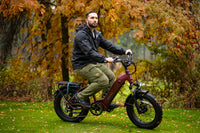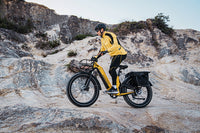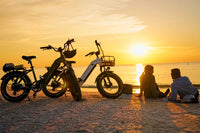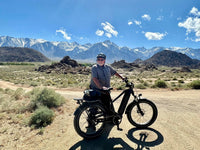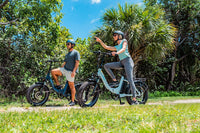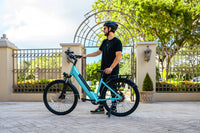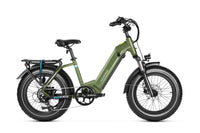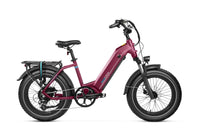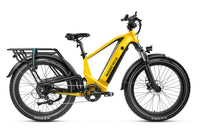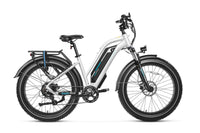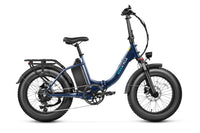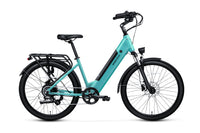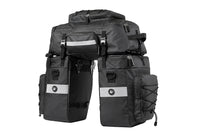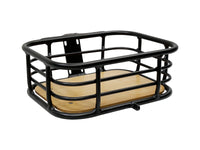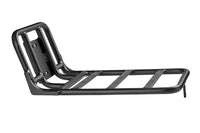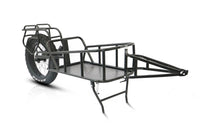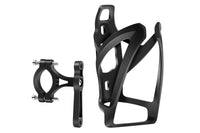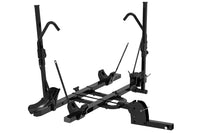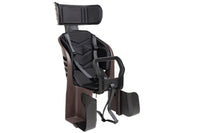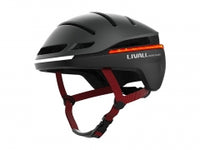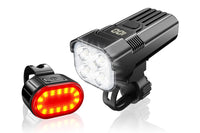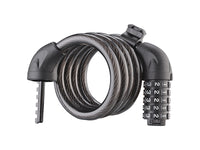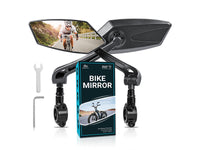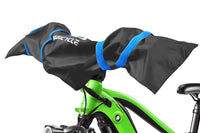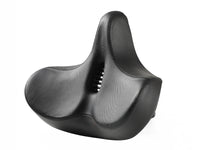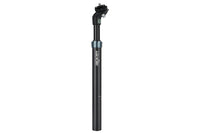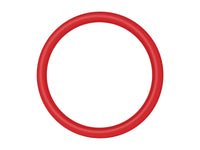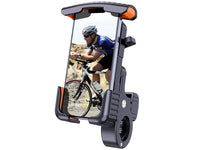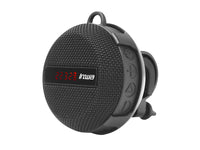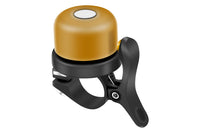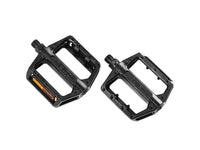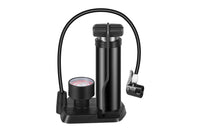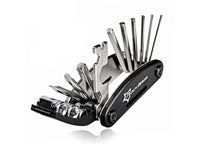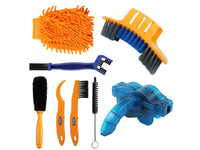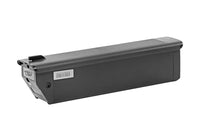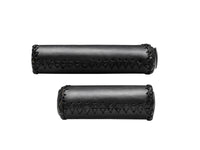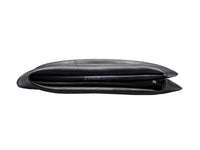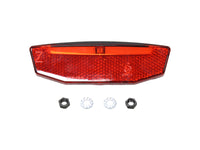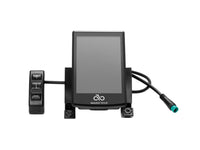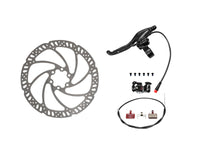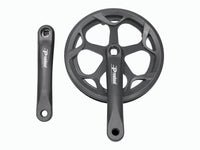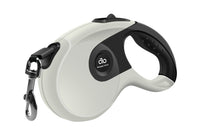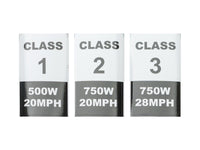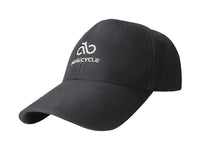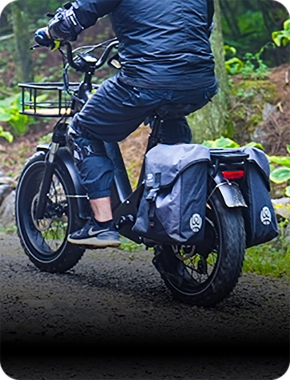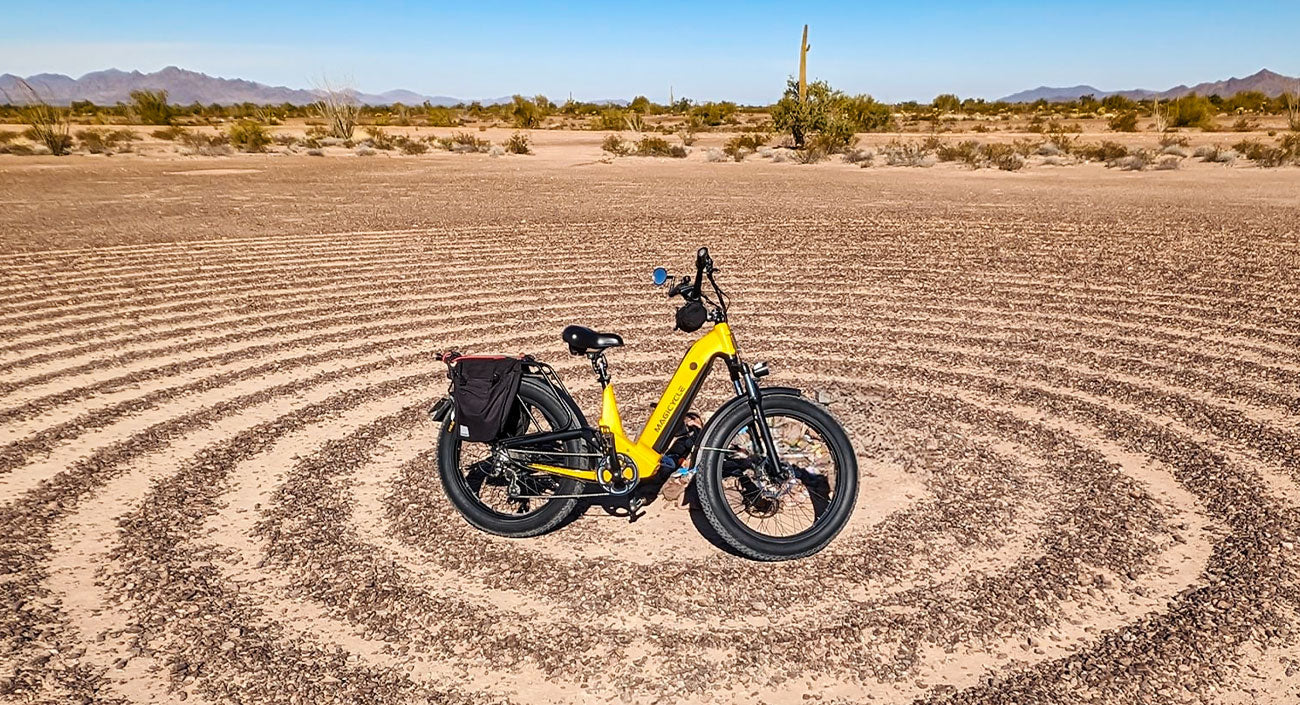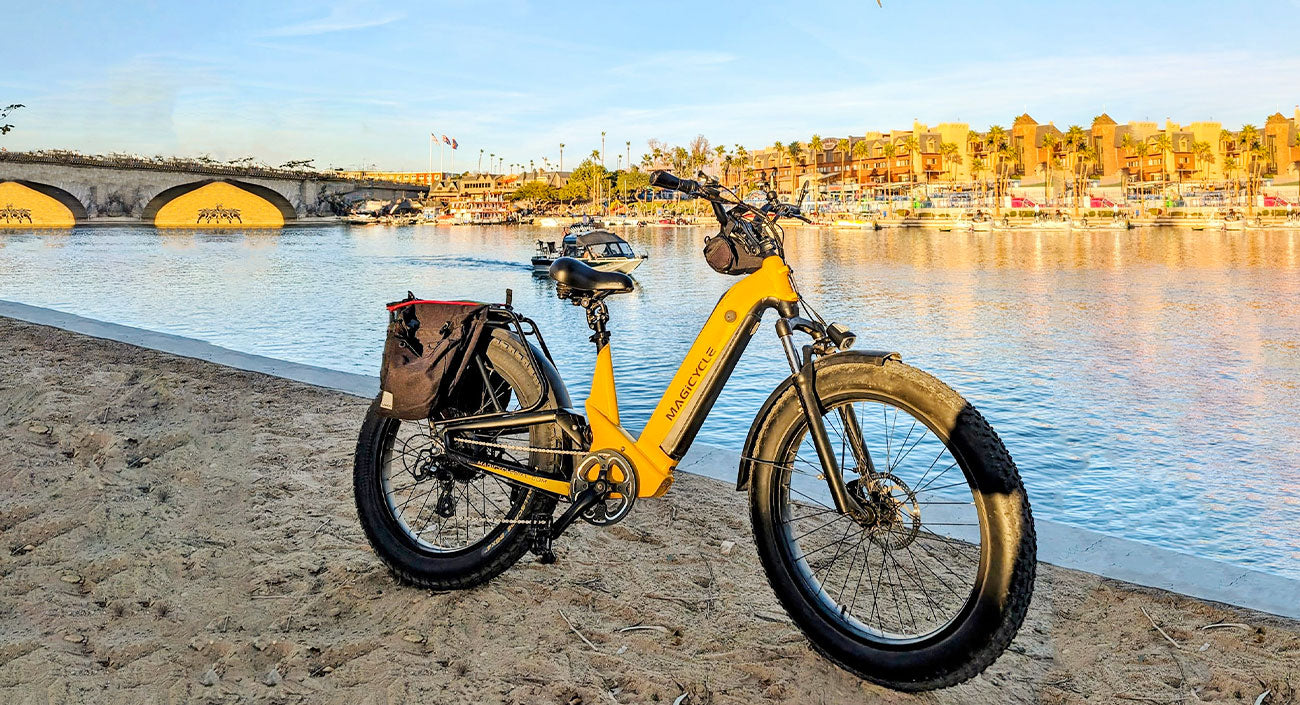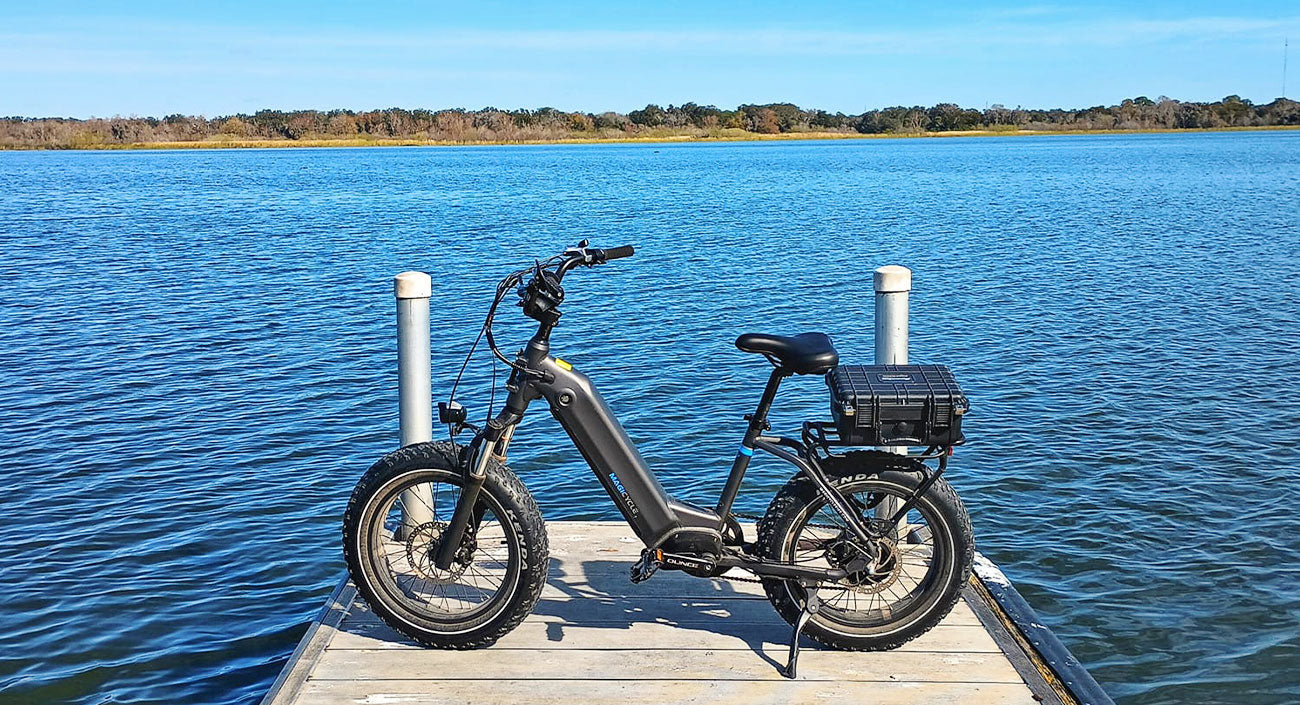
Celebrate Mother’s Day with Magicycle: Share Your Story, Earn Double Magicions!
Mothers are the unsung heroes of our lives—always there with a listening ear, a warm embrace, and endless support. This Mother’s Day, Magicycle invites you to honor the incredible woman who shaped your world by sharing your heartfelt story. Not only will you celebrate her love, but you’ll also earn double Magicions as part of our special May campaign!
READ MORE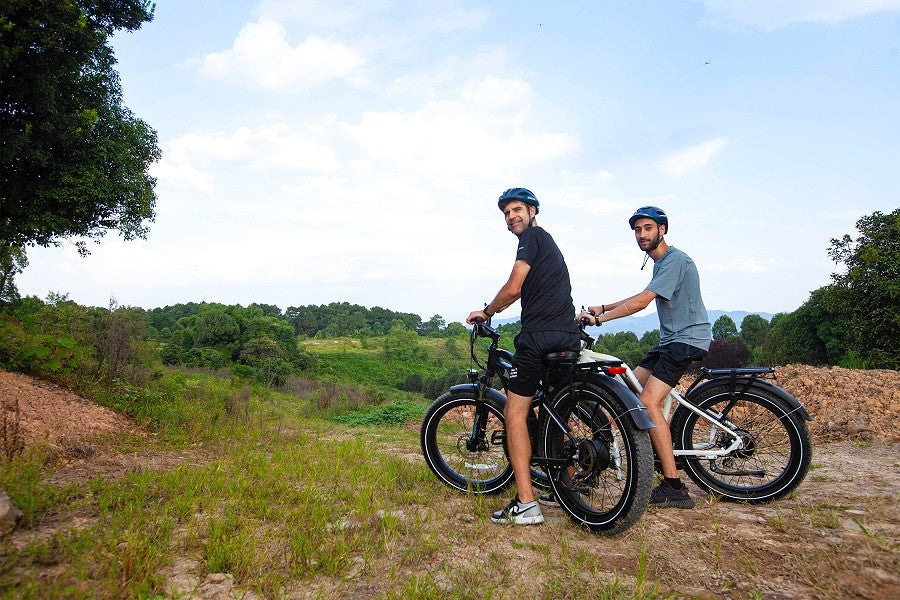
A Few Tips To Prolong The Service Of Your Ebike Parts
As we all know, due to the epidemic and the overlap of various factors, the demand in the ebike industry has shown an increasing trend in recent years, but the manufacturers have not been able to keep up with the demand. The ebike and parts shortage is re
READ MORE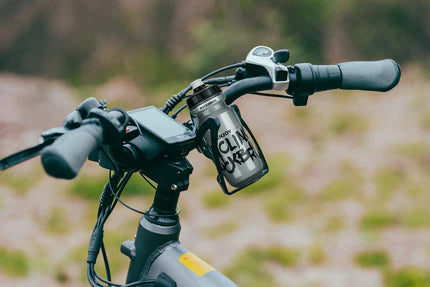
How to Choose the Right Electric Bike Frame Size
Achieve peak performance on your e-bike with our definitive guide to choosing the perfect frame size for your body.
READ MORE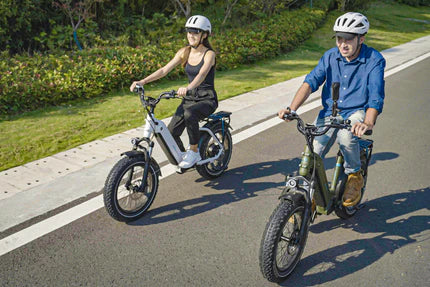
Are Fat Bikes Good for Long Distances?
Unlock the secrets of long-distance fat biking! Explore how stability, comfort, and traction can redefine your adventures.
READ MORE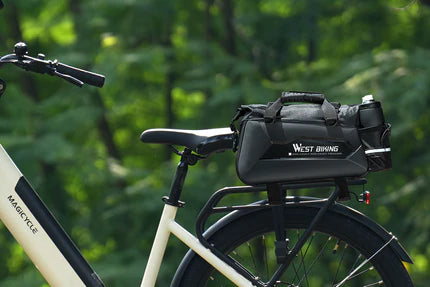
Upgrading Thru Full Suspension Ebike: From Cadence to Torque Sensor
Transform your cycling with torque sensor e-bikes for natural power and unmatched range. Feel the difference with every pedal!
READ MORE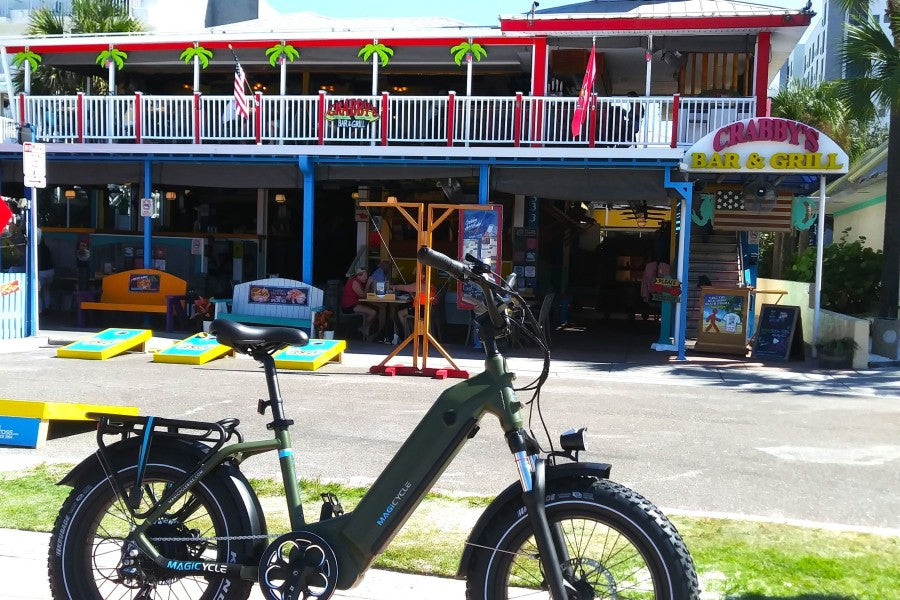
Ebike Black friday 2024- Best Time to Purchase Electric Bikes
If you are a taller rider, you might prefer a big e-bike that stands tall. And if you are a shorter rider, a smaller e-bike may be what you want. If you're short on storage space or want to transport your ride very easily, then maybe you're looking for a
READ MORE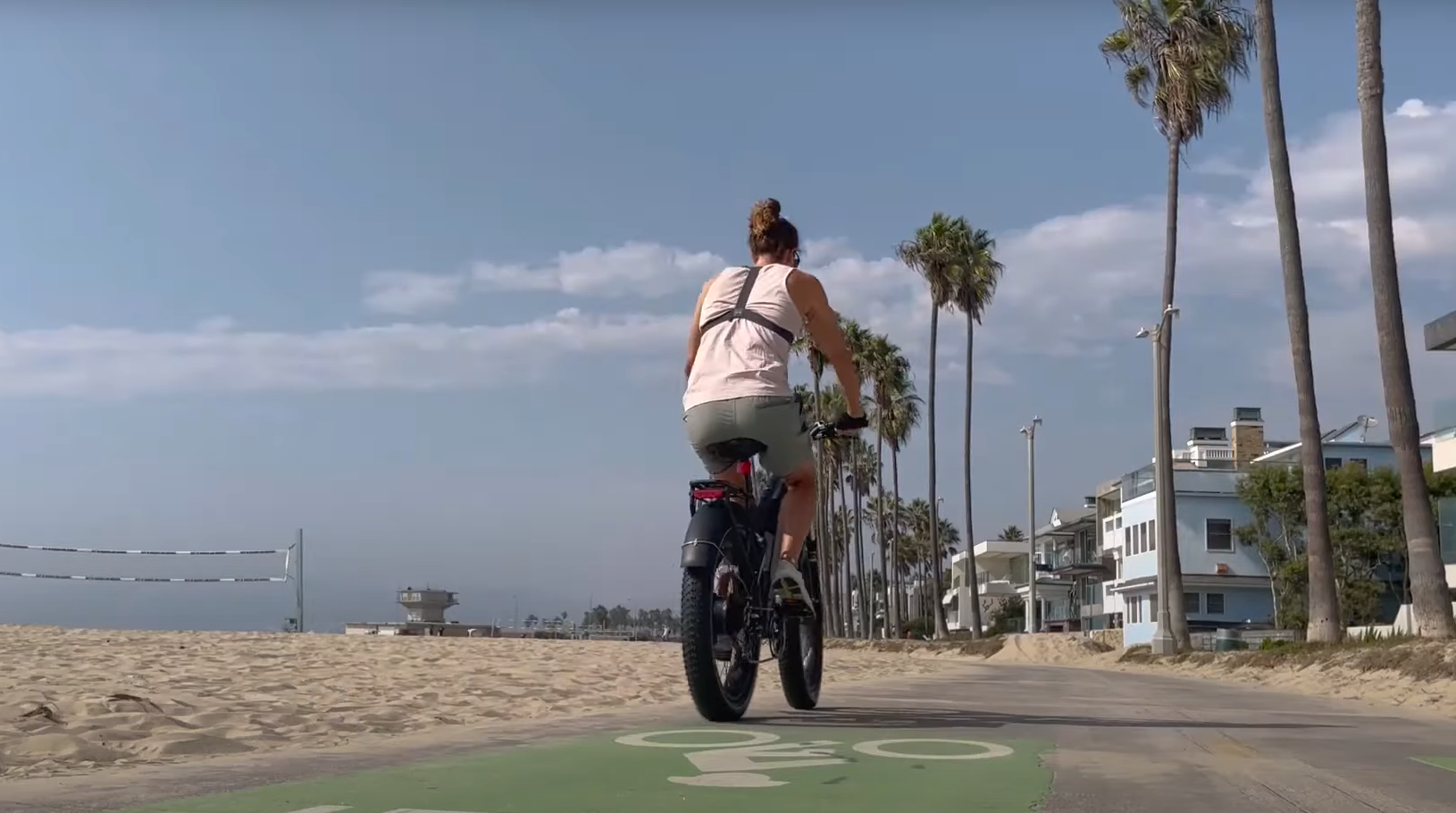
Magicycle Cruiser Pro Review: What You Need to Know
Satisfy your need for speed with the Magicycle Cruiser Pro—an e-bike that delivers power and adventure. Read our full review now!
READ MORE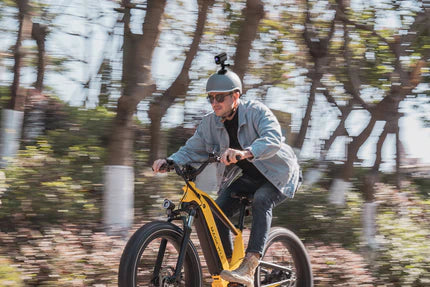
Are Fat Tire Ebikes A Suitable Choice for New Riders?
Leave no path untraveled! Learn the joys of fat tire ebikes for beginners – gain balance, endurance, and the thrill of the ride.
READ MORE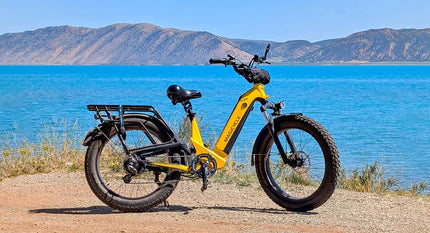
Are Fat Tire Bikes Good for City Riding?
Ride in comfort on city streets with a fat tire bike's unmatched stability and shock absorption. Find out why urban cyclists are making the switch!
READ MORE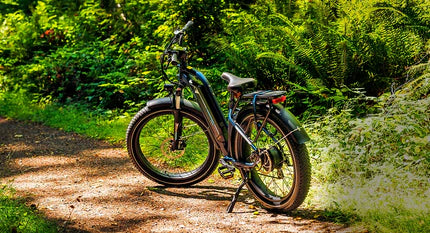
Riding an Ebike: Navigating Unexpected Situations
Maximize your ebike ride with expert tips for any scenario! Discover how to tackle flats, weather, and battery issues confidently.
READ MORE

















































